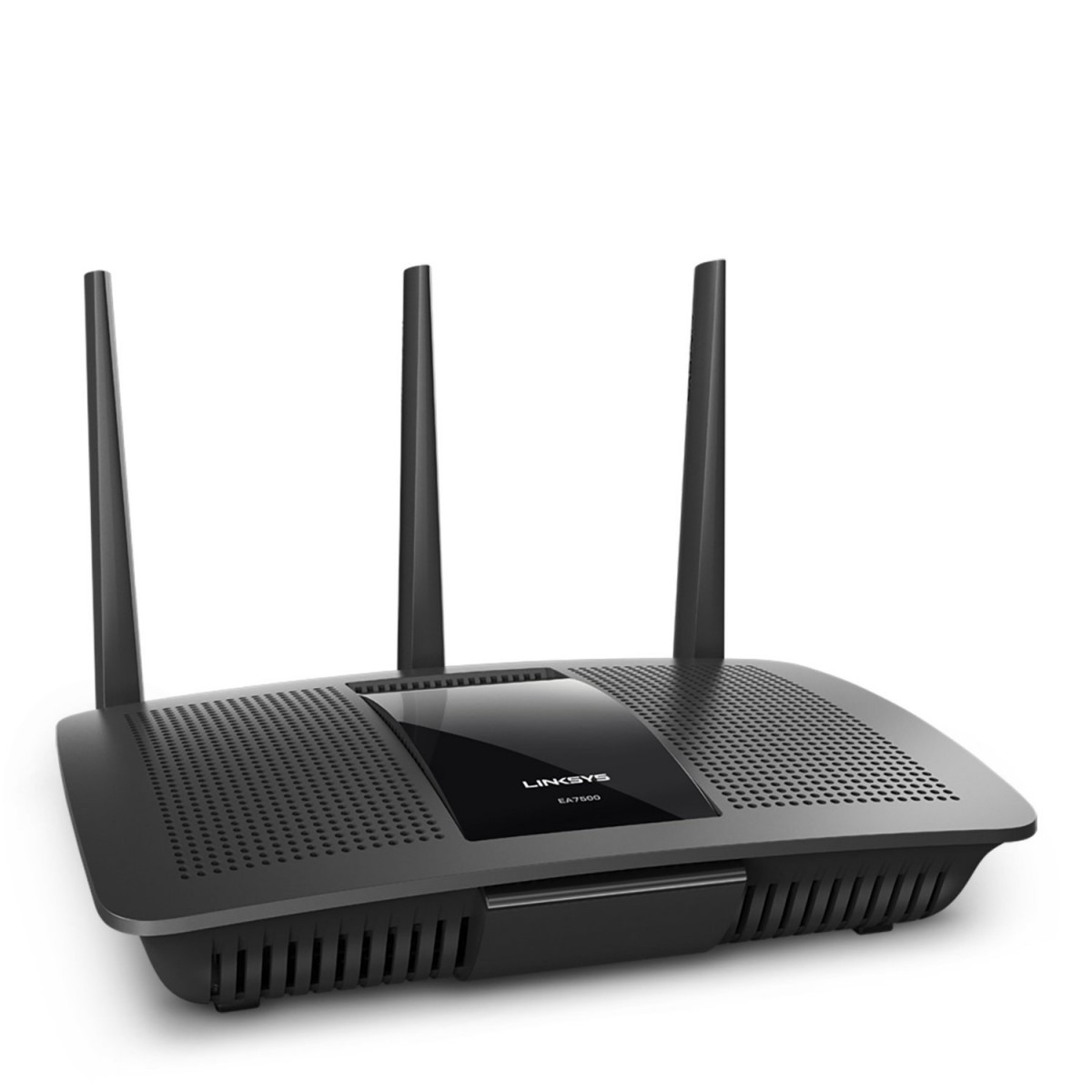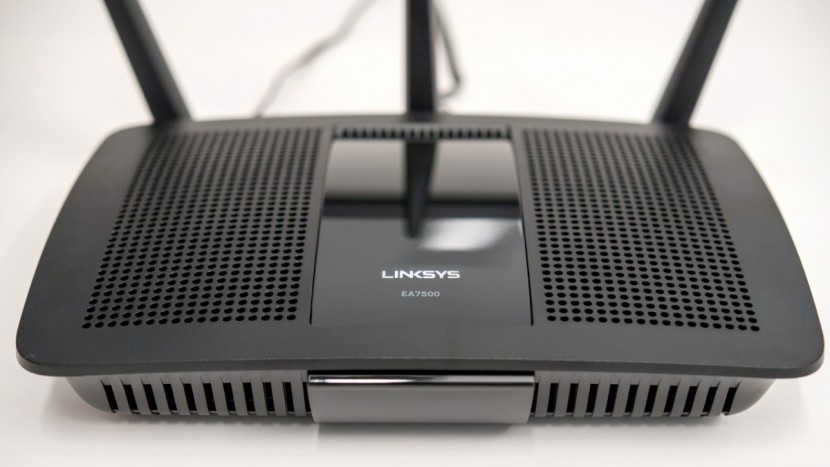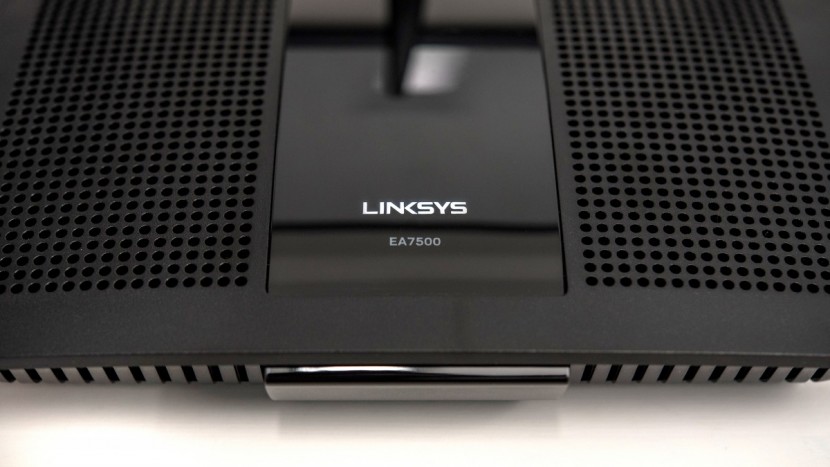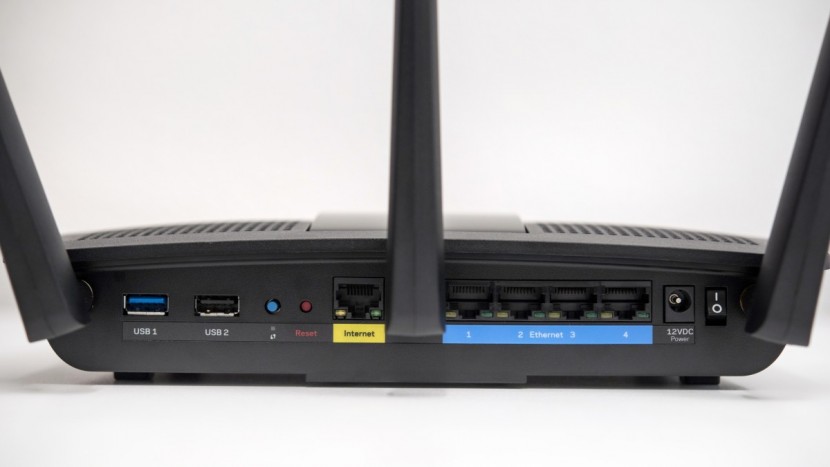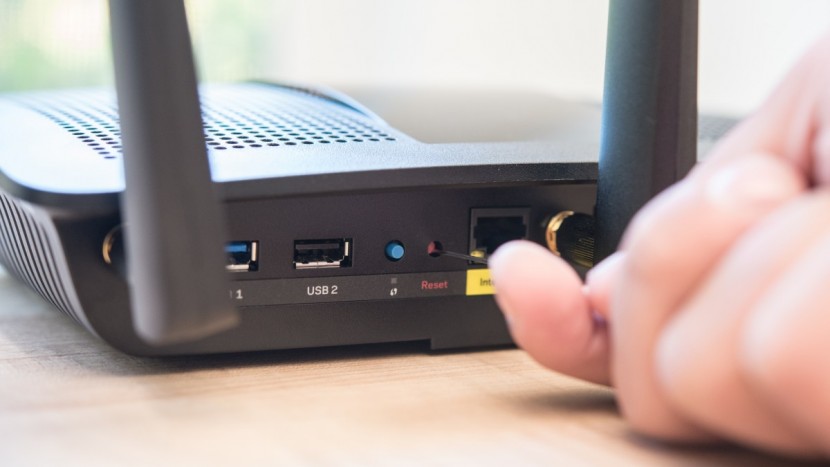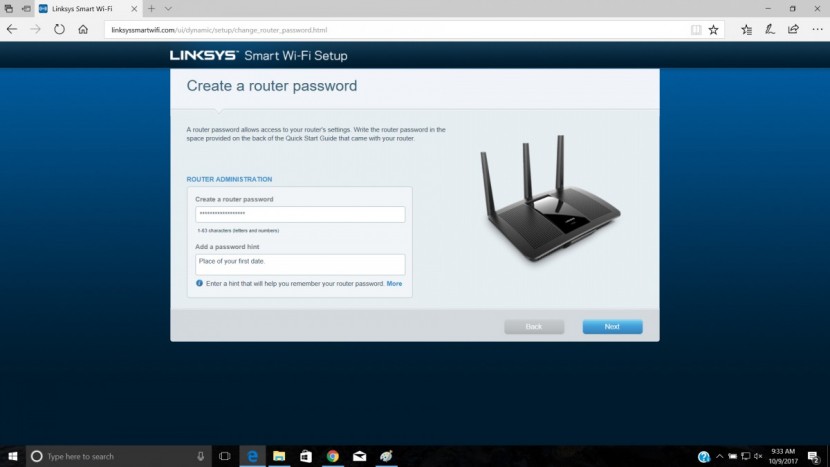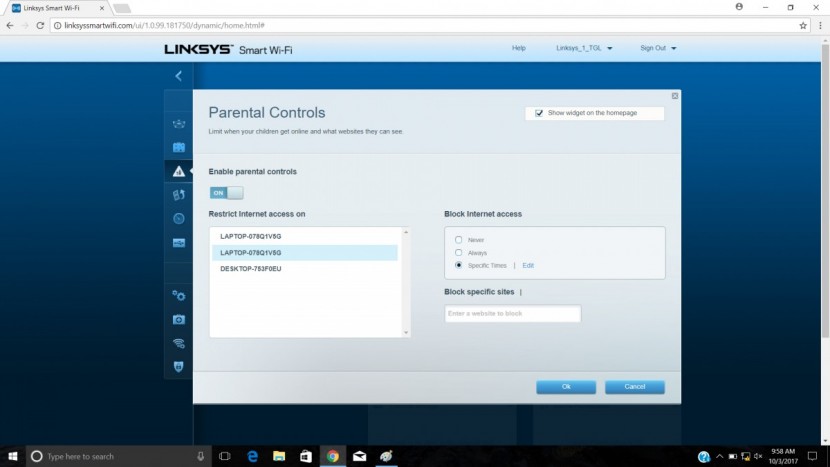Linksys AC1900 (Max Stream EA7500) Review

Our Verdict
Our Analysis and Test Results
The Linksys Max Stream EA7500 performed similarly when we tested throughput over both bands and when we compared ease of use and the various features, but it is far inferior in terms of range. However, it retails for less than other, directly comparable WiFi routers.
Features
Accounting for 25% of the score — the most of any metric — our Features metric is the most important of the test. After extensive research, we compiled a list of critical features that we deemed important for these products and scored each router on whether or not it had these features and functions. The Linksys Max Stream did reasonably well, for the suite of features. The Linksys Max Stream earned points right off the bat by having MU-MIMO and beamforming capabilities. These features allow data to be transferred much faster over the network, particularly with multiple devices on the network.
Next, we looked at if the router could be remotely reset, making troubleshooting much easier. Unfortunately, the Linksys Max Stream lacks this ability, forcing you to manually hit the reset button if you run into connection issues. However, you can dim the traffic indicator LEDs on this router, allowing you to hide it in a dark location more discreetly, even though the power light does remain on.
The Linksys Max Stream has two USB ports — one is a USB 3.0 connection, and the other is a USB 2.0. It has four gigabit LAN ports. It can support a VPN and a guest network and is managed through either a smartphone app or a browser page. This router is wall mountable and supports IPv6.
Ease of Use
Next, we looked at the amount of effort and skill it took to install the router and configure it for use. Comprising 20% of the total score, we scored each router on how long it took to unbox the router and set up a network name and password, as well as how user-friendly the interface is and the quality of the parental controls and QoS. The Linksys Max Stream delivered a good performance.
The first setup was extremely problematic, with plenty of error screens and the final screen freezing. However, we reset it, tried again, and had a flawless install with the setup guide.
This product didn't require any software updates and had a user-friendly interface. It wasn't the best in our WiFi router review, but the manufacturer had at least updated the design sometime this decade. The parental controls on this router were fine, though definitely much less sophisticated than routers offered by other manufacturers.
You need to set up the controls for each device separately, but you can enact time slots when a device can access the internet and set a blocklist of websites. This QoS, or Quality of Service, is decent. This feature allows you to set bandwidth prioritization depending on the application, allowing you to sort by device or by application.
2.4 GHz. Throughput
This metric is also responsible for 20% of the total for each product and is based on the results of our throughput testing using the iPerf3 software. The Linksys Max Stream delivered an above-average performance. We used a test computer at three distances — 10', 35', and 70' — running an unobstructed line of sight test at both 10' and 35' and an obstructed test at all distances. We averaged the results of three trials for each of these tests to determine the final score for each router in this metric.
The Linksys Max Stream started a great performance in the short distance tests, delivering an above-average performance. It did well in the line of sight test with an average of 57 Mbit/s, but did exceptionally well in the obstructed test, again achieving an average of 57 Mbit/s.
It continued its solid performance in the medium distance tests, again performing above average in both the line of sight and obstructed tests, achieving speeds of 52 Mbits/s and 51 Mbit/s, respectively. The Linksys Max Stream finished this metric with a solid showing in the long-distance test, achieving an average throughput of about 20 Mbit/s.
5 GHz. Throughput
This metric has an identical test plan as the prior one, though this time we conducted the tests over the router's 5 GHz. network. It also is worth 20% of the total score, with the Linksys Max Stream meriting a mediocre performance. This router started with a great performance in the short distance, line of sight test, but it disappointed in the obstructed test, earning one of the lowest scores of the group.
For the middle distance tests, the Linksys Max Stream achieved an average score in both, hitting throughput speeds of 207 Mbit/s in the line of sight test and 179 Mbit/s in the obstructed test. The Linksys Max Stream delivered a mediocre performance for the long-distance test, achieving 19 Mbit/s.
Range
For the remaining 10% of the score, we compared and scored the Linksys Max Streamrange. This constitutes the residual 15% of the score and comprises a single test. We used a test laptop to play a video at set distances and scored based on what point the video began to experience interruptions. The Linksys Max Stream did an abysmal job. The feed cut out at about 115' — one of the worst of the group.
Should You Buy the Linksys AC1900 (Max Stream EA7500)?
While the Linksys Max Stream EA7500 did claim the top spot in some of the throughput tests, it didn't perform well enough across the board to merit our recommendation or an award. This is a mediocre router within our test group and is slightly more expensive than cheaper options that offer better performance.
What Other WiFi Routers Should You Consider?
If you operate mainly on the 5 GHz band, the award-winning ASUS RT-AC88U Wireless-AC3100 offers better throughput and a host of additional features. We recognize that you may not want to spend that much on a WiFi router, in which case the NetGear Nighthawk AC1750 (R6700v2) prevents a much better value overall.


